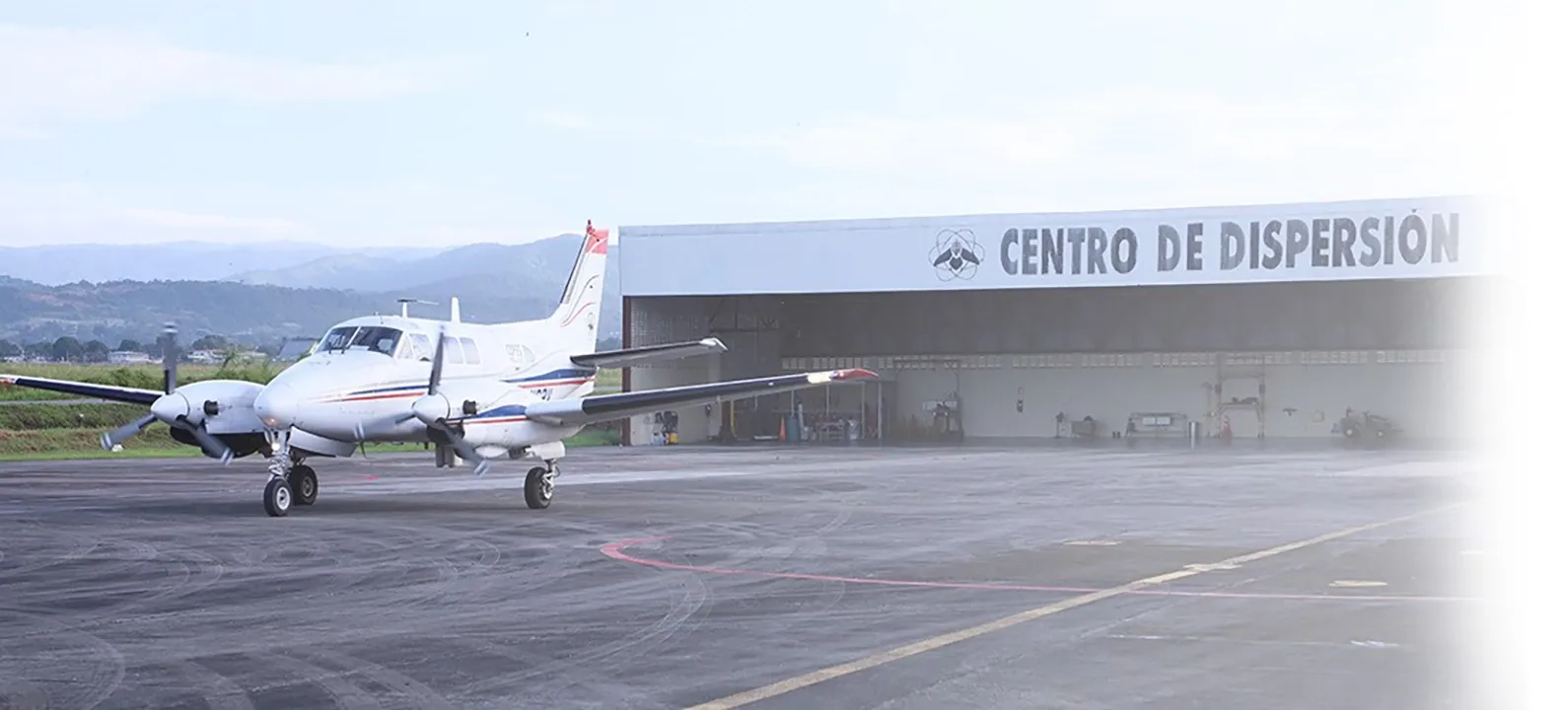U.S.-Panama Partnership Keeps New World Screwworm at Bay

APHIS' International Services program operates in more than 27 countries around the world to keep agriculture healthy and trade markets open. Panama is one of those countries.
There, the Panama-United States Commission for the Eradication and Prevention of Screwworm (COPEG), a joint program between International Services and Panama’s Ministry of Agriculture, is leveraging technical expertise and skilled diplomacy to tackle a potentially devastating agricultural pest. This pest, the New World screwworm (NWS, Cochliomyia hominivorax), could wreak havoc on warmblooded animals across the Western Hemisphere, particularly cattle.
When NWS fly larvae (maggots) burrow into the flesh of a living animal, they cause serious, sometimes deadly damage to the animal. NWS can infest livestock, pets, wildlife, birds, and in rare cases, people. It’s currently present in all Central American countries, along with southern Mexico. This proximity of NWS to the United States makes stopping it critical to protect the U.S livestock industry from economic losses and enhance regional food security.
COPEG uses a sterile insect technique (SIT) to accomplish control and eradication goals and prevent NWS from infesting the United States. SIT is a proven eradication method that successfully eradicated NWS in the past across North and Central America.
COPEG mass-rears and sterilizes millions of NWS at a biosecure facility in Panama. Employees transport the sterile NWS pupae to the COPEG Dispersal Operations Center at Tocumen International Airport in Panama City. Once the sterile pupae become adults, COPEG employees load them onto specialized aircraft for aerial dispersal. The sterile male screwworm flies mate with wild female flies, causing a decline and the eventual eradication of the NWS population. Effective sterile insect dispersal activities are critical to NWS management and control.

To combat NWS in other areas of Central America, Mexico, Nicaragua, and Honduras established their own dispersal centers to receive sterile pupae from COPEG.
COPEG is now using virtual reality (VR) tools to enhance its capacity to collaborate and train others beyond borders and across the Americas. The facility’s new three-dimensional web-based virtual tour, which can be viewed with a VR headset for a more immersive experience, serves as a reference, research, outreach, and educational tool to support countries establishing their own dispersal centers. For example, Uruguay is planning to establish an NWS eradication program and used this VR tool as a reference.
COPEG is just one of the many ways APHIS International Services creates unmatched advantages, access, and trust abroad to protect animal and plant health back home. This work advances American agriculture and rural prosperity and helps our economy thrive.
#
USDA is an equal opportunity provider, employer, and lender.

